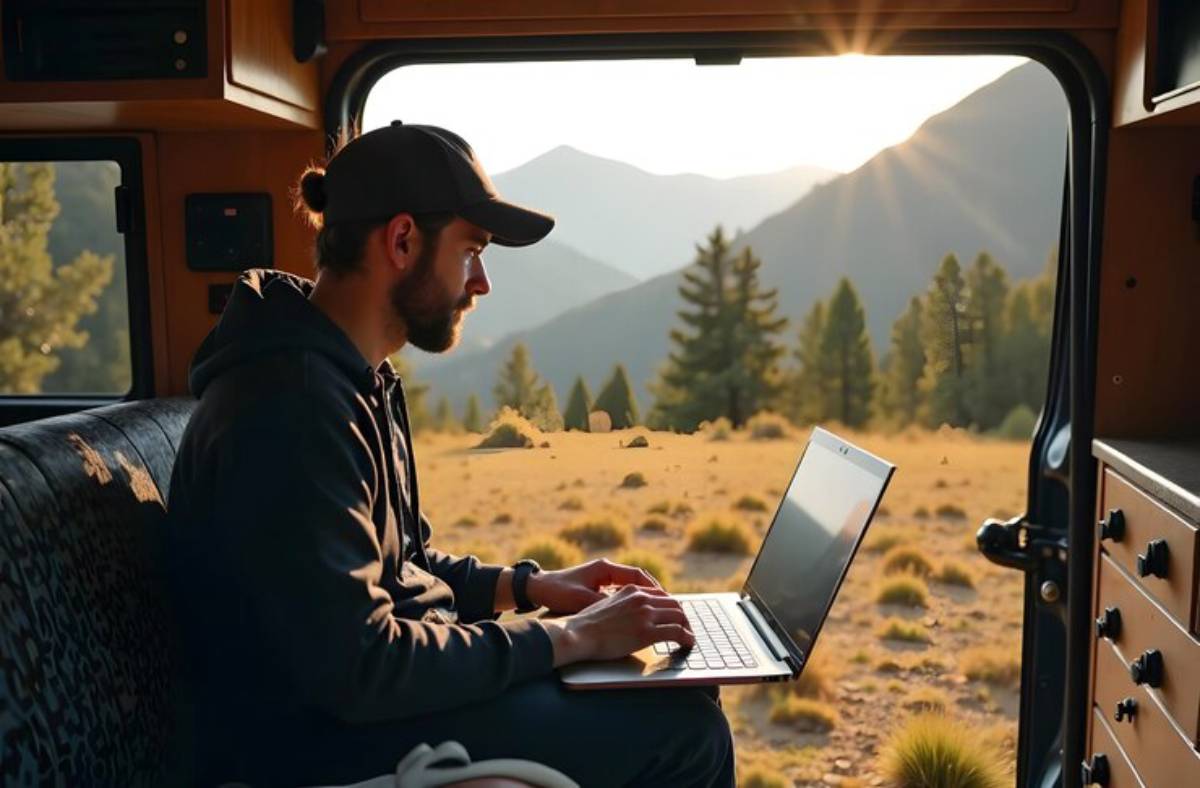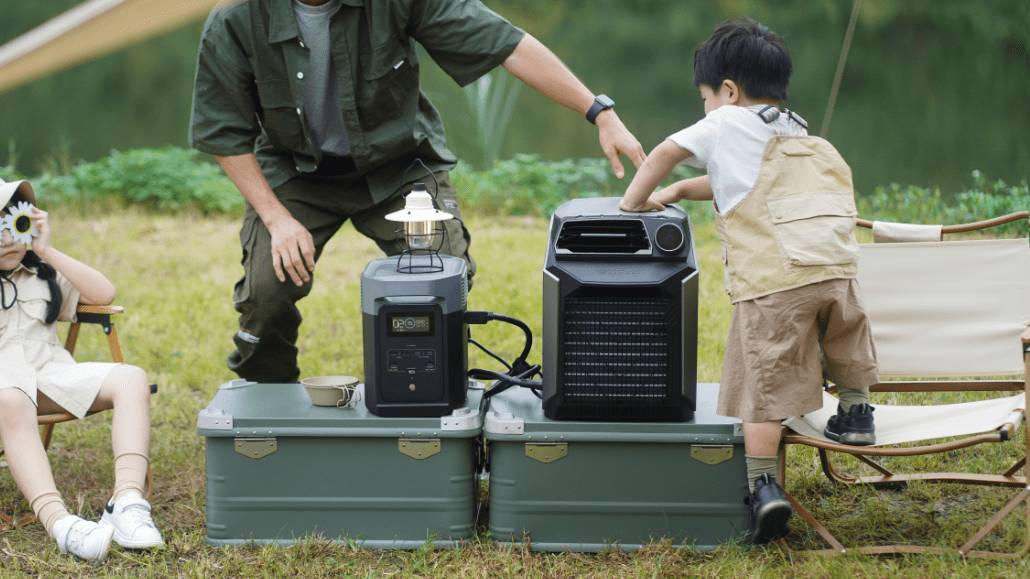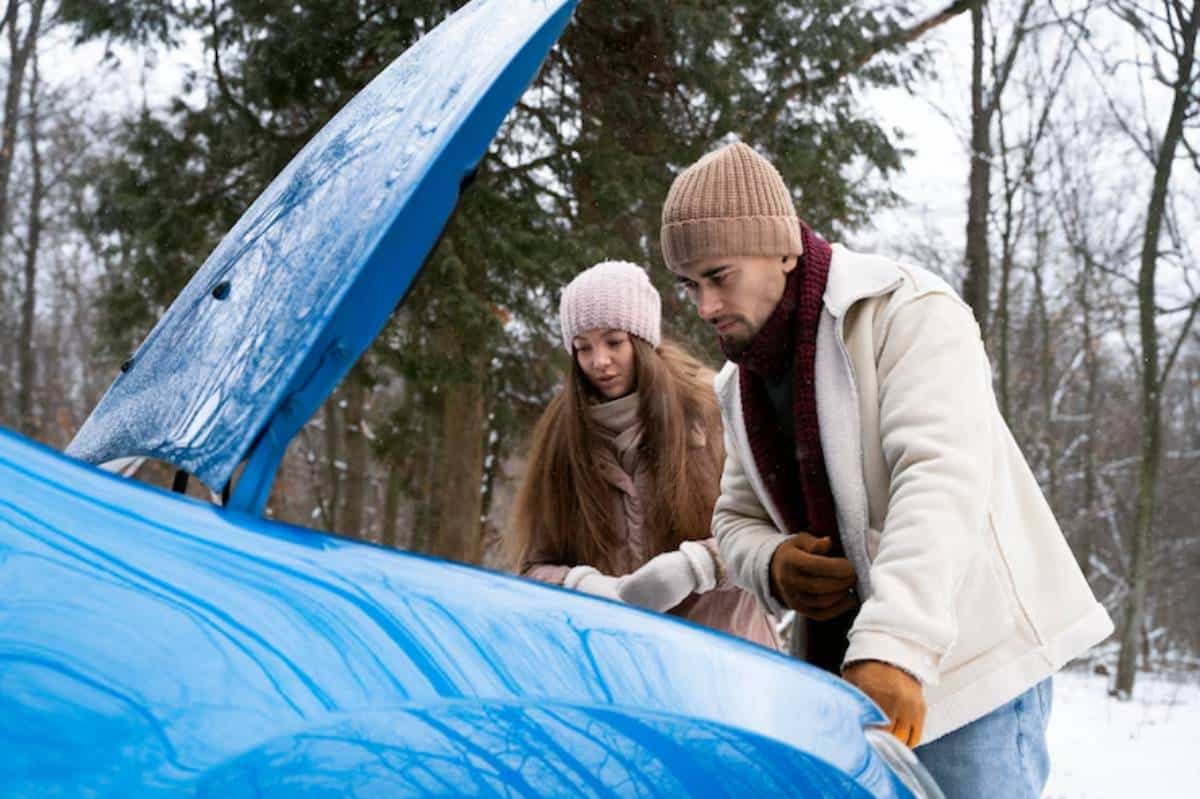
Power Solutions for Off-Grid Overlanding
You’ve found the perfect campsite. The view is stunning, the trail was worth every bump, and your fridge is humming, your phone is charging, and your lights are glowing softly. That’s the beauty of a smart off-grid power setup: reliable energy, wherever the road takes you.
Whether you’re off-roading through the Highlands or parked on a clifftop in the Lakes, modern overlanders need more than just a full tank. From keeping food fresh to charging navigation tools, power is what keeps your setup comfortable, safe, and self-reliant.
In this guide, we’ll explore the most effective overland energy systems, including portable solar panel car kits, battery setups, inverters, and practical tips for energy efficiency. You’ll learn how to match your system to your travel style—and avoid common mistakes.
Why Off-Grid Power Matters for Overlanders
Gone are the days of roughing it with torches and tinned beans. Overlanding in 2025 is about sustainable comfort, and power plays a massive role in that.
With the right setup
- Keep a fridge running for days
- Power a water pump or purification system
- Use laptops, tablets, and lights
- Charge phones, radios, or GPS devices
- Run fans or heaters when the weather changes
No campsite hook-ups needed. Just clean, quiet, renewable power.
Understanding Your Power Needs
Before buying anything, think about what you’ll actually power. Make a list of your typical gear.
- 12V fridge
- Camp lighting
- Charging ports (USB/Type-C)
- Small appliances (coffee maker, air pump)
- Emergency communication tools
Estimate Your Daily Usage

Each item draws power (measured in watts or amp-hours).
- Laptop: 40–60W
- LED lights: 5–10W
- Fridge (12V): 30–50Ah/day
- USB charger: 10–20W
Track your typical daily use to calculate how much storage and charging capacity you’ll need. A basic setup might aim for 50–70Ah/day, while heavier rigs could need 100Ah+.
Power Sources: What Are Your Options?
Let’s look at the three main energy options available for off-grid overlanding.
1. Portable Solar Panel Car Kits
A favourite among overlanders, portable solar panels offer renewable energy wherever the sun shines. They’re lightweight, quiet, and require no fuel.
Advantages:
- Environmentally friendly
- Low maintenance
- Ideal for long-term travel
Best use case: Keeping batteries topped up throughout the day, even when parked.
Popular 2025 options include:
- EcoFlow 220W Bifacial Solar Panel – dual-sided, foldable, efficient
- Redarc Folding Solar Blanket – compact and rugged
- Jackery SolarSaga 200W – well-matched with Jackery power stations
Make sure to match your panel’s wattage with your battery size and expected usage.
2. Dual Battery Systems
A dual battery system separates your starter battery (used to start the engine) from an auxiliary battery (used to power the gear).
- Typically includes an AGM or lithium deep-cycle battery
- Charged while driving via a DC-DC charger or isolator
- Reduces the risk of draining your starter battery
Ideal for powering fridges, lights, and appliances even when your engine is off.
Dual battery systems work well in combination with solar for sustainable energy.
3. Portable Power Stations
Think of these as all-in-one energy hubs. They combine a lithium battery, an inverter, and a charge controller in a single unit.
Top options:

- EcoFlow Delta 2
- Jackery Explorer 1000 Pro
- Bluetti EB70S
Benefits:
- Plug-and-play design
- Safe for use inside your rig
- Often includes AC outlets, USB ports, and wireless charging
They’re ideal for those who don’t want to hardwire anything or need portable flexibility.
Storage: Choosing the Right Battery
Your battery is your energy tank—so make sure it fits your setup.
AGM vs Lithium
AGM (Absorbed Glass Mat):
- Cheaper upfront
- Heavier and bulkier
- Shorter lifespan (500–1,000 cycles)
Lithium (LiFePO4):
- Lighter, more compact
- Longer lifespan (2,000–5,000 cycles)
- Can discharge deeper (use more of the capacity)
Lithium batteries are ideal for serious travellers who want efficiency and longevity, though they cost more initially.
Inverters: Do You Need One?
Inverters convert DC (battery) power to AC (standard plug) power.
- Charge laptops or camera gear
- Run household items (toaster, blender)
- Use medical devices like CPAP machines
Inverter Sizing
Match the wattage to your peak load. If your device needs 300W, choose a 500W inverter for safety. Go higher if running multiple devices simultaneously.
Many portable stations include built-in inverters—no separate gear required.
Mounting & Setup Tips
Power systems don’t need to be complicated. Keep it neat, safe, and scalable.
- Mount batteries in ventilated compartments
- Use fused connections to prevent damage
- Keep wiring secure and away from water ingress
- Add voltage monitors or display panels for real-time tracking
For inspiration, check out our post on how to wire your vehicle for auxiliary power.
Energy Efficiency on the Road
Don’t just generate more power—use it wisely.
Smart Habits
- Turn off the gear when not in use
- Use LED lighting
- Avoid using inverters when USB power is sufficient
- Cook with gas instead of electric
Plan your charging around daylight hours, especially if relying on solar.
Manage Phantom Loads
Devices like inverters or older fridges draw power even when idle. Use switches or smart plugs to reduce idle drain.
Real-World Example: A Week in Wales
On a seven-day trip through Snowdonia, a solo traveller.
- 200Ah lithium battery
- 160W portable solar panel
- DC-DC charger wired to an alternator
- LED lighting and USB charging
The setup powered a fridge, water pump, lights, and a laptop, without ever hitting 50% battery usage. The secret? Efficient planning and adjusting routines to daylight.
Common Mistakes to Avoid
1. Underestimating Usage
Many overlanders buy a small setup to save money, only to find it doesn’t meet their needs. Plan for peak days.
2. Ignoring Compatibility
Mixing brands without checking voltage or controller requirements can damage the gear.
3. Poor Cable Management
Loose wires or poor insulation can cause shorts or even fires. Always install cleanly and safely.
Final Thoughts: Build to Match Your Style
There’s no universal blueprint for the perfect off-grid power setup. The best system is the one that fits your needs, your vehicle, and your destination.
Whether you’re running a fridge, recharging your drone, or just keeping lights on, your power system should support your goals—without adding stress or complexity.
Start small. Learn your patterns. Upgrade when needed. With the right tools, your next off-road trip can be just as comfortable as it is wild.
If you’re preparing your full setup, don’t forget the kitchen. See our guide on must-have cooking gear for overland trips to complete your off-grid kit.


